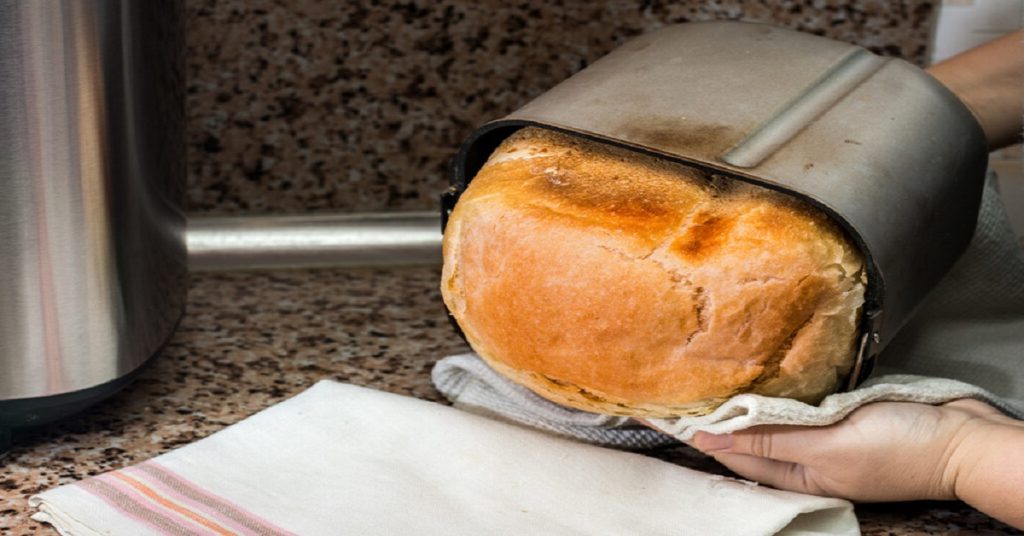- Smart Watch Payments and Digital Wallets in the Philippines - June 8, 2023
- Front-Load vs. Top-Load Washing Machines - May 25, 2023
- Pros And Cons Of Wireless Charging Power Banks - May 10, 2023
Baking bread can seem like a daunting task to those who have never done it before. It requires precision, an eye for detail, and patience. But with the right tools, anyone can make delicious homemade bread at home! There are two different types of baking equipment that are available on the market today: a stand mixer and a bread maker. When deciding which one is right for you, there are some key differences that will need to be taken into consideration in order to get the best results possible.
We’ll explore these differences below so you know what features might work better for your individual situation or needs!
How Bread Maker Works
For starters, bread making is much simpler than it seems. All you need are a few basic ingredients and some sort of baking container to work in (like the dough pan on your stand mixer). The bread maker will do all the hard work for you. You just have to add the ingredients, set your timer (or find a pre-programmed setting) and let it do its thing. That includes gathering all the right ingredients, kneading them together into one cohesive loaf.
What Makes It Good? Bread makers are perfect for those who want freshly baked bread without all the fuss of making dough by hand. Let’s admit it, fresh breads are heavenly, but it takes a lot of hard work just to perfect the dough. Thanks to technology, we can now skip this part with your bread maker.

Pros: It creates a controlled environment with just the right temperature and humidity to make your dough rise perfectly every time. Whether you’re measuring ingredients or selecting which cycle will work best in your machine, this recipe can’t go wrong! It is also one of the most affordable baking equipment in the market – even cheaper than your regular stand mixer.
Cons: It’s very limited in terms of function. The bread maker is really only good for making regular old white or wheat loaves of bread. It can’t handle all the varieties that a stand mixer will tackle like pizza dough, biscotti, and cake batters (just to name a few). Also, it’s not super portable which means you’ll need more space in your kitchen.
Stand Mixer and Bread Making
Now, if a bread maker already exists, is it worthwhile to still buy that stand mixer? Or do you still need a bread maker if you already have a stand mixer?
Stand mixers are a better choice for those who want to have a little more control of the process. With it, you’ll be able to knead the dough by hand on your own before letting the mixer do its thing. You’re also not limited to just one type of recipe. Simply put, investing in a rather more expensive stand mixer will easily pay off if you plan to take your baking to the next level, which means making more than just loaves of bread. In fact, you can start making easier pastry recipes like cookies.
It’s also perfect if you like to make bread using different ingredients each time as there are many ways that a stand mixer allows you to have complete control of your baking process.
Pros: The versatility and multi-functionality of stand mixer is its clear pro. It’s the best companion for your baking journey – and that already includes making your own bread.
Cons: When it comes to bread making though, expect to spend more time and effort throughout the entire process. This is the more manual route to baking bread.
The verdict:
If you’re just starting out in the kitchen and need to decide between a bread maker or stand mixer, consider this. The bread maker is probably more convenient because it has one job – make delicious fresh baked goods every time! But if you plan on baking lots of different things like cookies, cakes, frosting etc., then investing in a stand mixer first may be your best bet. They are versatile machines that can handle many types of doughs with ease while also being able to whip up some buttercream for those last minute cupcakes.

